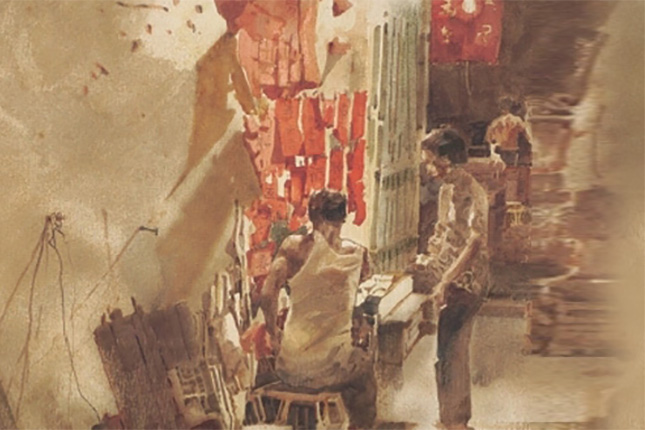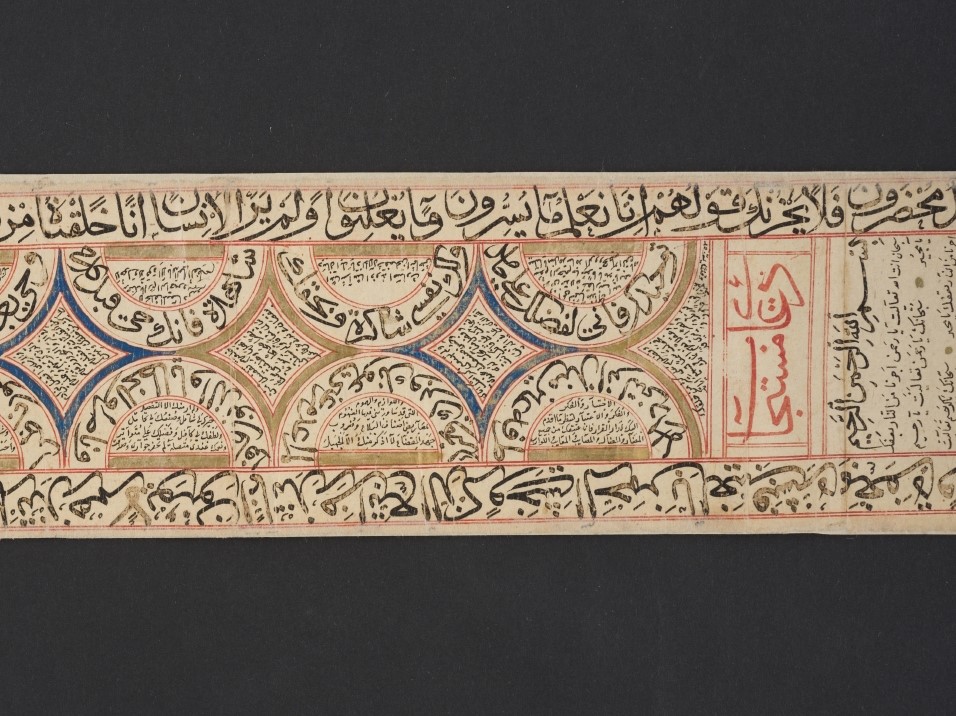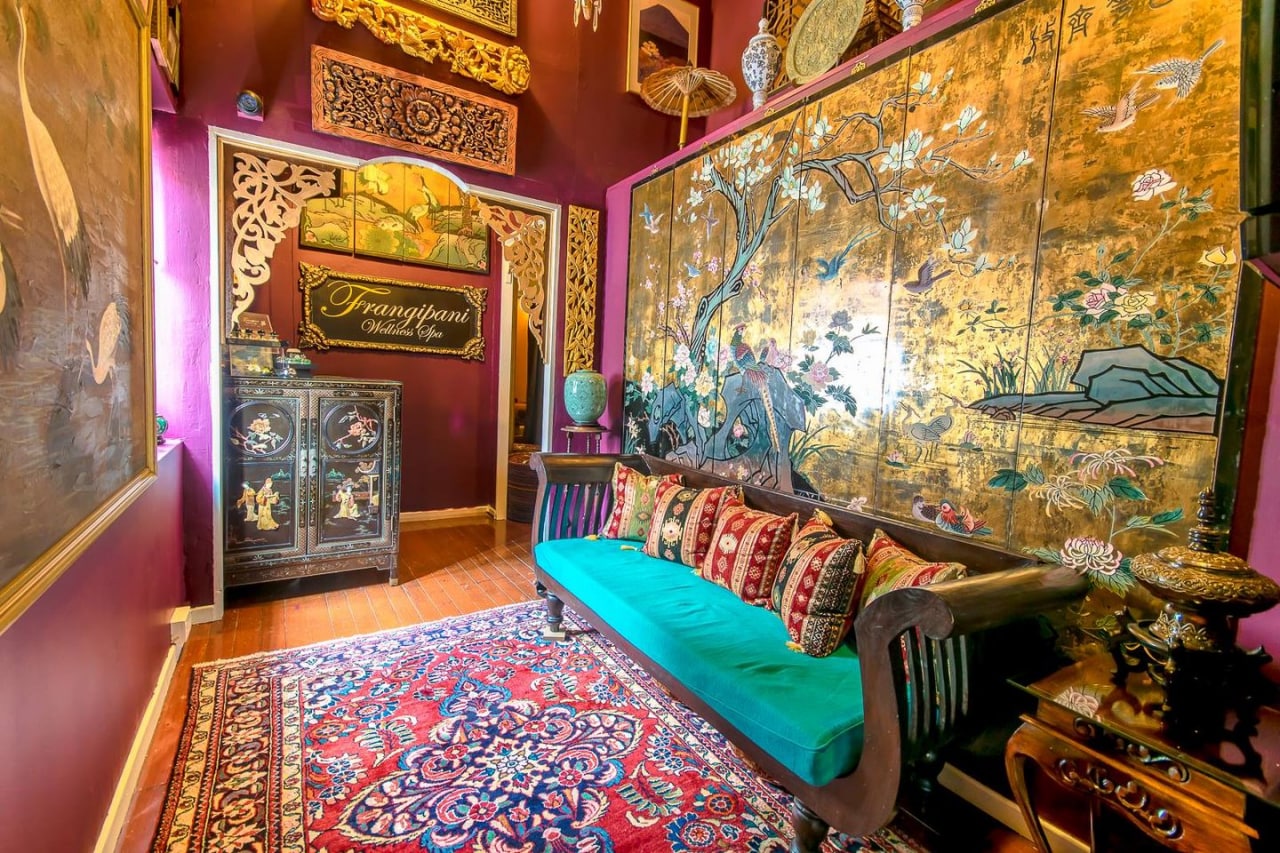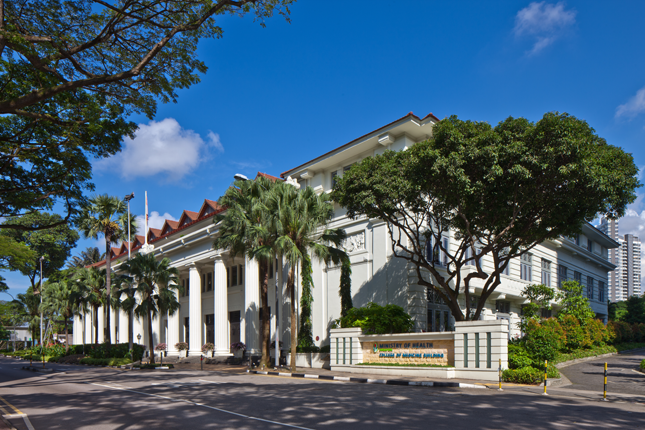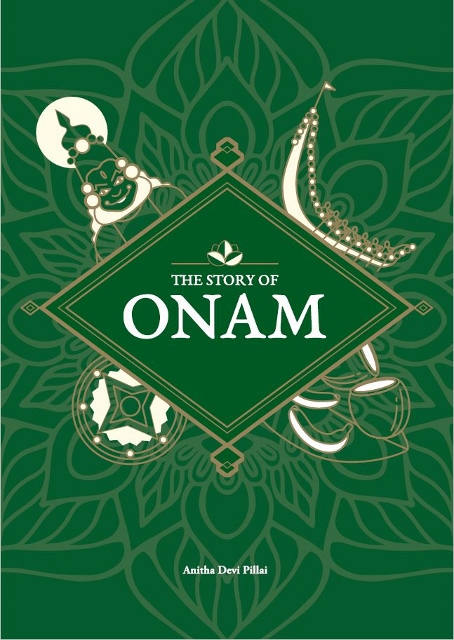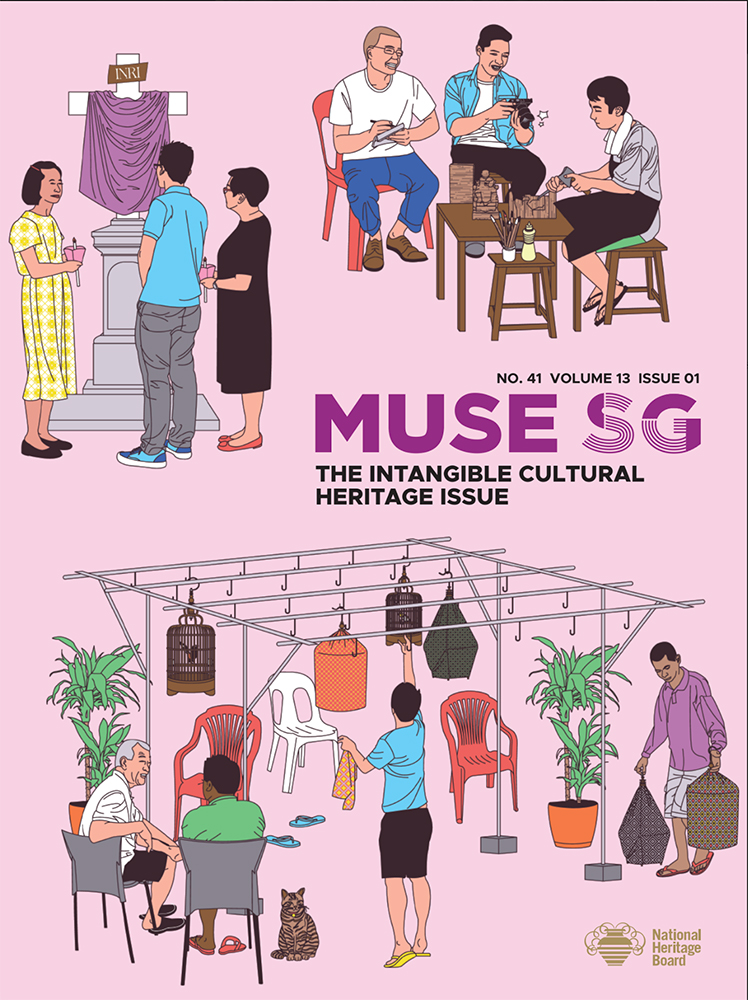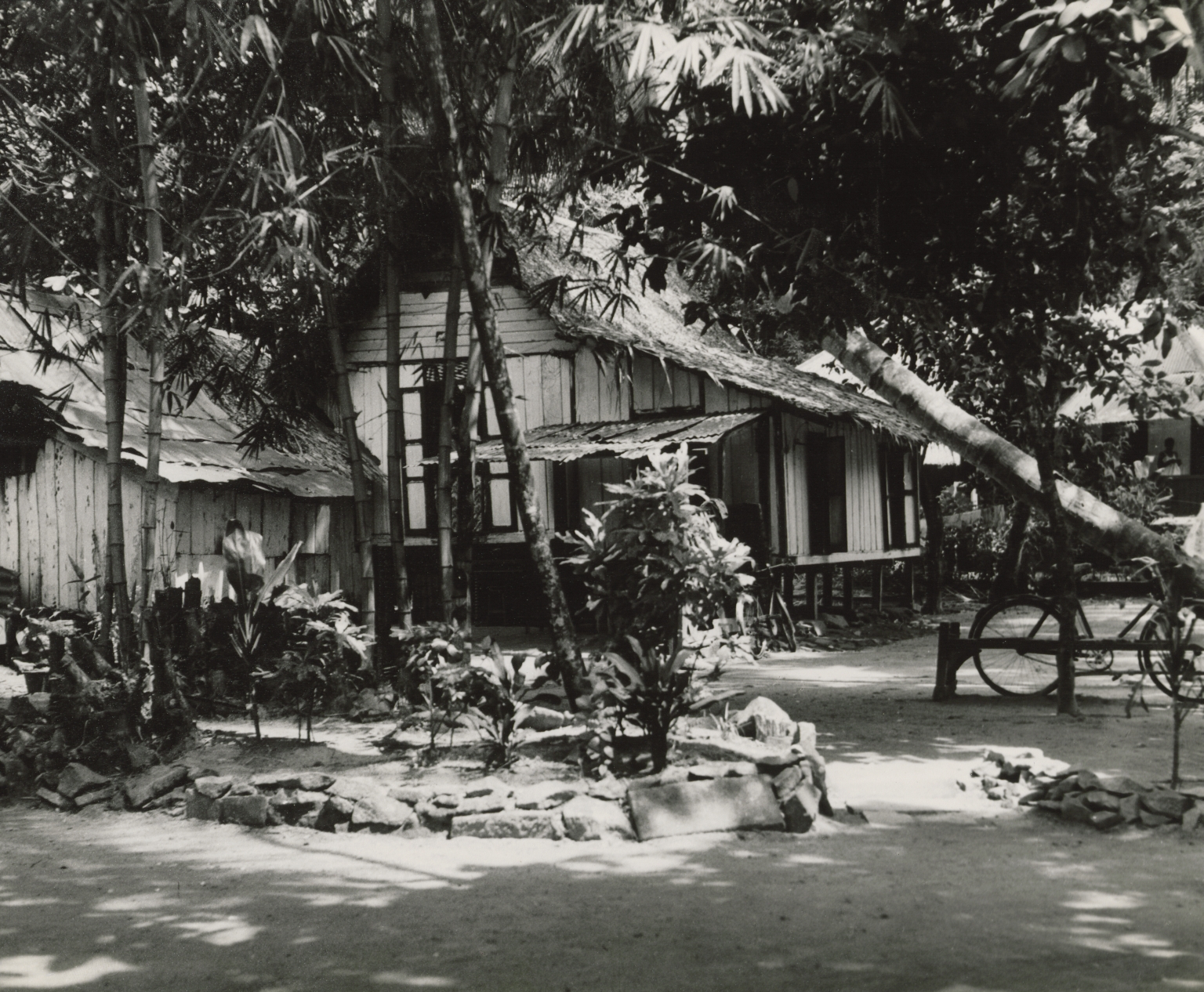Traditional Malay Medicine
Traditional Malay Medicine comprises the practices, approaches and knowledge of health and healing that are associated with Malay culture and passed down through generations.
The human body is believed to constitute four elements- fire, earth, wind and water. The semangat (soul substance) of a person determines an individual’s susceptibility to various illnesses.
In addition, there is the concept of dichotomy of “hot” and “cold”. Food can be categorised into “hot”, “cold” and “neutral” groups, and they affect the body fluids and immunity functions of a person differently. It is only when all four elements as well as the “hot” and “cold” aspects are balanced, that optimal health can be achieved.
Geographic Location
Traditional Malay Medicine is practised in regions with Malay communities, including in Malaysia, Indonesia and Singapore.
Communities Involved
In Singapore, practitioners include those who offer herbal remedies and urut (traditional massage techniques) practitioners. Members from the Malay communities as well as other communities look to these traditional medicinal practices for their medical treatment and for improving their well-being.
Associated Social and Cultural Practices
The practices of Traditional Malay Medicine involve a combination of animist, Hindu and Islamic traditions. Healing may involve rituals, physiological aspects such as massage and bone-setting, as well as the use of medicine that are derived from plants, animals and minerals. Practitioners may also hold specialised knowledge related to women’s health, men’s health or traditional medicine such as jamu (herbal medicine).
Experience of a Practitioner
Ms Siti Nurhuda binte Saleh runs a stall in Clementi selling bunga rampai (floral potpourri) and jamu ingredients. Her knowledge in jamu was primarily self-taught; she had travelled to markets in Yogyakarta and Solo in Indonesia to source for ingredients and observe the processes of jamu-making.
Most of her customers for jamu are at least 30 years old. She notes that jamu may not appeal much to the younger generation likely because of their lack of awareness and jamu's bitter taste. However, Ms Siti Nurhuda shares that her younger sister and her niece are learning to make jamu.
Present Status
Though there are various competing approaches in health and healing in today’s society, there has also been increasing awareness and appeal of jamu and urut beyond the Malay and Muslim communities. There are also practitioners who continue to maintain these traditional medical practices as a marker of cultural identity.
References
Reference No.: ICH-037
Date of Inclusion: April 2018; Updated March 2019
References
Jamia Azdina Jamal. “Malay traditional medicine – An overview of scientific and technological progress”, Tech Monitor, 2006.
Jamia Azdina Jamal, Zakiah Abd. Ghafar and Khairana Husain. “Medicinal Plants used for Postnatal Care in Malay Traditional Medicine in the Peninsular Malaysia”, Pharmacognosy Journal, 3 (24), 2011.
Mohd Taib bin Osman. “Patterns of supernatural premises underlying the institution of the bomoh in Malay culture” Journal of the Humanities and Social Sciences of Southeast Asia and Oceania, 1972.
Razali, M.S. “Psychiatrists and folk healers in Malaysia”, World Health Forum, Vol. 16, 1995.
Sidik, Roziah and Baharuddin, Azizan. Traditional Healing in Malay Culture: The Case of a Malay Manuscript of the 19th century, 2010.
Suhaili Osman, “Traditional Malay medicine as a contested modality of knowledge”, Curatorial Talk, Culture Academy, National Heritage Board.







